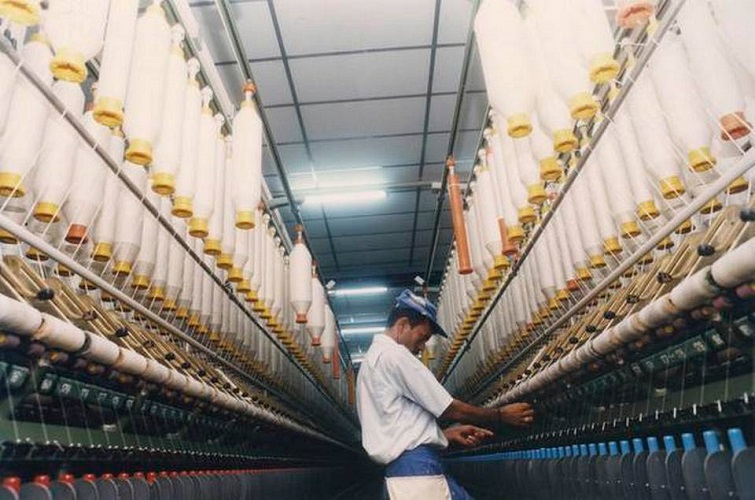
Category: General
Country: India
This means India’s production of viscose-based products will increase. | Photo Credit: The Hindu
M Soundariya Preetha | Updated: August 14, 2021 08:20 IST.
Fibre will be available in India at competitive prices
The Union government recently revoked anti-dumping duty (ADD) on viscose staple fibre originating in or imported from China and Indonesia. Viscose is largely used by the textile and clothing industry to make apparel, mainly for women and children, in the domestic market.
How is viscose used by the textile and clothing industry?
India’s clothing patterns are more woven-based products. With changes in fashion trends, use of comfort wear such as leggings and lounge wear are seeing a growth. Women and children comfort wear are made of 100% viscose or viscose blends. Viscose products are seen as easy to maintain too and viscose consumption in India has witnessed 11% CAGR for the last five to six years.
Of the 40 products identified under the Product Linked Incentive Scheme, announced by the Union government for textile sector, 18 are viscose blended. This means India’s production of viscose-based products will increase.
With opportunities, viscose consumption will continue to see at least 11% growth every year. Viscose fibre and yarn imports attract 5% Customs Duty and the ADD on viscose fibre was introduced in 2010. It was extended in 2016.
Where does the viscose sector stand in India?
China, Indonesia, India, Taiwan and Thailand are the major producers of viscose fibre. India’s viscose fibre production capacity in 2019-2020 was 5.78 lakh tonnes, with one domestic producer, and it exported 99,672 tonnes of the fibre. While the domestic annual viscose staple fibre demand is 6.34 lakh tonnes, the domestic availability is 4.78 lakh tonnes. India imported 46,852 tonnes of viscose fibre and 1,04,200 tonnes of viscose yarn in 2019-2020.
India’s import of viscose fibre from China and Indonesia are subjected to ADD in addition to the Basic Customs Duty of 5%. The ADD ranged from $0.103 to 0.512 per kg. The domestic viscose fibre selling prices are fixed based on the imported parity pricing policy (customs duty and ADD). Hence, textile spinners prefer to import viscose yarn in large quantities. In July 2020, viscose yarn imports were 3,550 tonnes and it increased to 14,231 tonnes in September.
Import of viscose blended garments from Bangladesh, China, Vietnam and Sri Lanka increased 183%, 74%, 1188% and 175% respectively between 2015-2016 and 2019-2020.
Thus, import of value-added viscose products such as yarn and garments by India is on the rise. The price of viscose fibre and yarn in India is relatively higher than other key global textile markets.
What is the impact of removal of ADD on viscose fibre?
The fibre will be available in India at competitive prices and thus benefit downstream sectors — weaving and garmenting. Indian textile units will be able to export viscose products at internationally competitive prices and produce more of viscose-based products.
Courtesy: https://www.thehindu.com/business/Industry/explained-impact-of-removing-anti-dumping-duty-on-viscose-staple-fibre/article35892801.ece
Copyrights © 2025 GLOBAL TEXTILE SOURCE. All rights reserved.